Eat, Sleep, Rescue, Repeat
Even before weather reports start rolling in, U.S. Coast Guard and Department of Homeland Security communicators prepare for the search, rescue and recovery missions they will face when a hurricane hits. But the winds of this hurricane season blew some nasty currents their way. Harvey, Irma and Maria not only were record-breaking hurricanes but also left little time for recuperation from one event to the next.
From a communications standpoint, establishing response command centers outside the danger zones was key to weathering the storms. Before Hurricane Harvey hit the Texas coast, the Federal Emergency Management Agency (FEMA) converted part of its Washington, D.C., headquarters into a command center for organizations such as the Coast Guard and the American Red Cross, which coordinated field teams there. FEMA also deployed more than two dozen mobile communication office vehicles with satellite connectivity to the Houston, Texas, area.
Less than two weeks later, the Coast Guard had to relocate its communications hub to St. Louis to deal with Hurricane Irma as it came ashore on September 9 in the Florida Keys. Five days later, the Coast Guard was moving communications equipment to Key West.
While the Coast Guard readied staff and equipment, industry also prepared for Hurricane Harvey, a step that subsequently supported communications capabilities for Hurricanes Irma and Maria. For example, UltiSat, a satellite communications provider based in Gaithersburg, Maryland, activated additional bandwidth for government use and readied for further increases the disaster response might warrant.
“Prior to the storm and in cooperation with our customers who are on the front lines of emergency response and disaster recovery efforts, UltiSat increased the bandwidth available to the first responders and provided the updated network configurations to the operations personnel,” explains James C. Crichton, UltiSat’s chief operations officer. “UltiSat operations and engineering personnel supported [customers’] staff in bringing their systems into the network as soon as they were on the ground.”
One of UltiSat’s partner teleports is in Houston, directly in the storm’s path. The teleport team verified that its outdoor equipment was properly secured to withstand the wind and rain, tested its backup power capabilities, and ensured that supplies were available for anyone trapped at the facility for the duration of the event.
In addition, the company alerted all technical operations staff to be ready to provide emergency support during and after hurricane landfall.
“The additional capacity was available within 24 hours of the request from our customers. There were three additional bandwidth surge requests made during the event, and each was available within 24 hours of the request or on the requested date,” Crichton adds.
Once Hurricane Harvey hit, the Coast Guard Sector Houston–Galveston (SHG) communications center was quickly inundated by calls, so the overflow was directed to Coast Guard Headquarters in Washington, D.C. The Coast Guard worked directly with the Department of Homeland Security (DHS) to identify adaptive solutions to handle both the unprecedented volume of distress calls and social media postings from storm victims. (See “Social Media Proves a Lifeline for Harvey Victims.”)
Using the Homeland Security Information Network (HSIN) and the Texas Emergency Operations Center (EOC), a web-based emergency management tool, the Coast Guard call center could filter distress information for first responders. The EOC helped bridge the communications gap when landline communications were disrupted.
It enabled the Coast Guard call centers to record caller information immediately, which facilitated rapid response. The tool also provided effective heat mapping to show on-site commanders locations where people needed the most help. And first responders could access data in the field via the Texas EOC mobile app.
The Coast Guard reports that the ability to rapidly establish its call center and access to a full range of information outside of the affected areas assisted responders with collecting and sharing data necessary to coordinate rescue operations effectively. Operational commanders could focus on response coordination, while the call center collected vital information from the public and filtered urgent requests for assistance to the field.
Search and rescue operations also benefited from new technologies. Electronic flight bags for Coast Guard aviation, containing a handheld tablet loaded with electronic charts and information, allow pilots to navigate urban hazards such as power lines and towers. The capability leverages Apple Maps Connect and Google Maps to locate street addresses.
The flight bags also enable the Coast Guard to provide pilots important documents, including briefings and communications about operational hazards, at their fingertips.
Vice Adm. Sandra L. Stosz, USCG, the Coast Guard’s deputy commandant for mission support, would like to see the electronic flight bag capability developed further. She hopes for wearable endpoint devices that would enable pilots and first responders to use voice and imagery to record and transmit data, eliminating the need to write or text information that must later be entered into a database.
Even when the storms in Texas and Florida subsided, the Coast Guard continued to communicate and collaborate with local law enforcement and military teams. In the hardest-hit areas, deployable Coast Guard communications teams with interoperable Defense Department capabilities aided in multiple hurricane response efforts. For example, the Coast Guard Deployable Communications Support Forces set up an enhanced mobile incident command post in Key West after Hurricane Irma left the area—and therefore the equipment—without power. The command post enabled the Coast Guard and partner agencies to communicate with first responders and others on the mainland.
Now, federal, state and local emergency response officials in Texas and Florida are working with the DHS Science and Technology (S&T) Directorate to improve future response and recovery operations. Andre Hentz, acting deputy undersecretary for the S&T, says the directorate is providing modeling and simulation tools that address evacuation and resource deployment.
In both states, the directorate’s Coastal Resilience Centers of Excellence have been working closely with state operations officials and the National Oceanic and Atmospheric Administration to provide “advanced circulation storm surge modeling,” which combines several factors to predict flooding with greater precision than other models. This technology was used to plan for the evacuation of Coast Guard staff in Key West.
The S&T also used PBS television towers for datacasting wherever cell towers were down in Texas and Florida to deliver voice and video communications to security officials. Helicopter drones and traffic cameras relied on the capability to send feeds to first responders securely.
Additionally, directorate personnel provided technical assistance to FEMA’s National Response Coordination Center to support use of the Hurricane Evacuation (HURREVAC-eXtended) storm-tracking and decision-support platform. They monitored the web-based tool’s functionality and answered any questions from users in the field and at FEMA headquarters.
Response and relief from all three hurricanes will determine future communications capability needs for the Coast Guard, Adm. Stosz says. In the meantime, the service will look at other novel uses for storm technologies such as the flight bags. Marine inspectors could use them as an aid in enforcing regulations, and recruiters could take the tools on the road, she says.
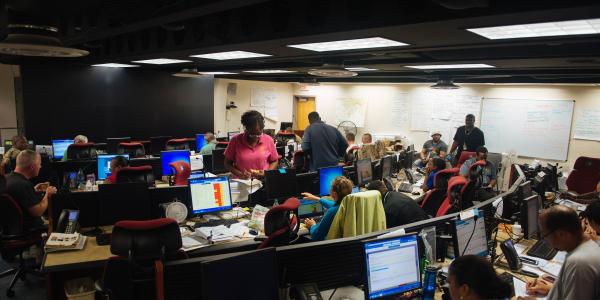
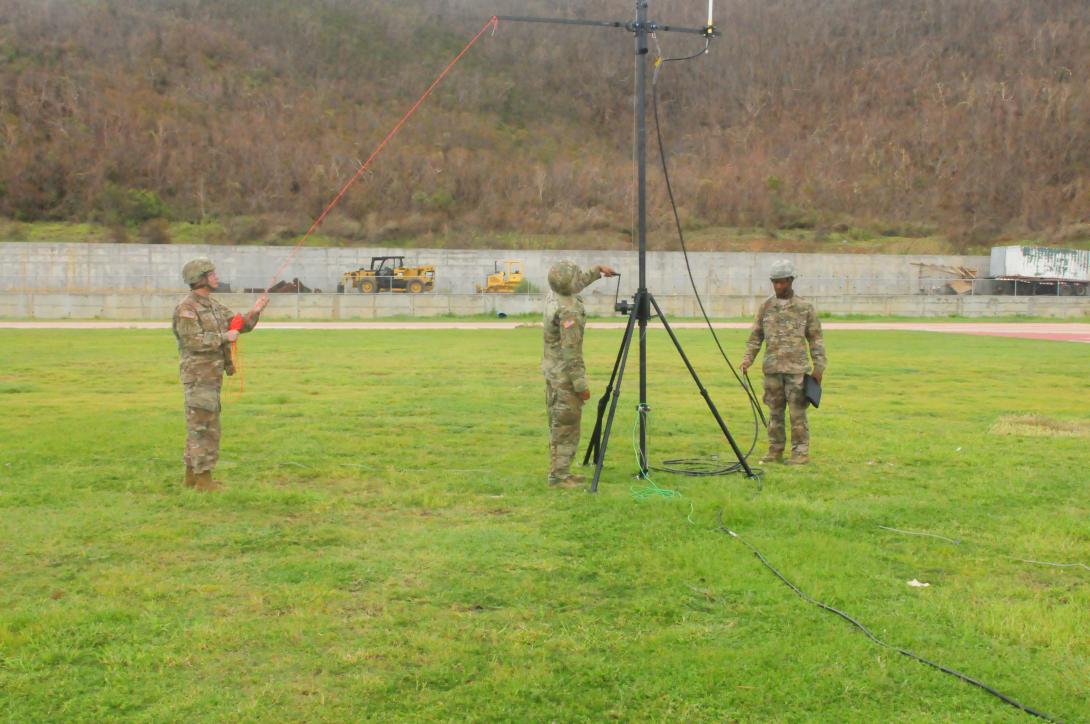
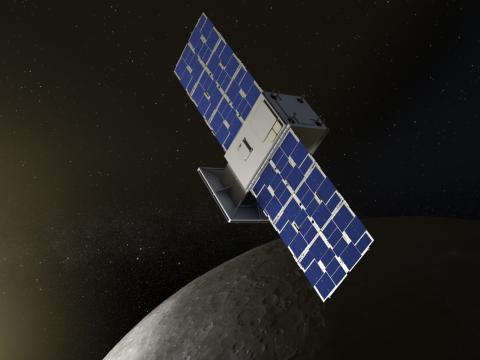
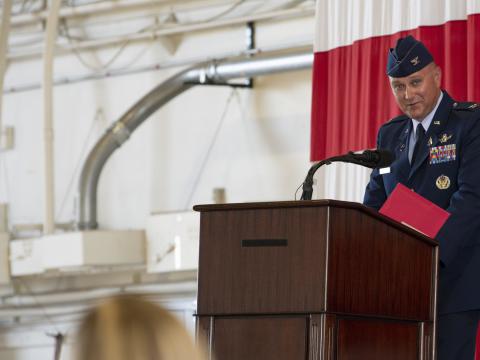

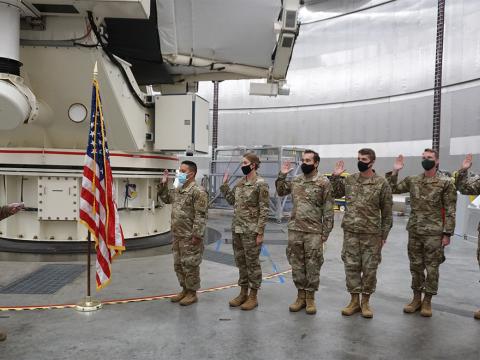
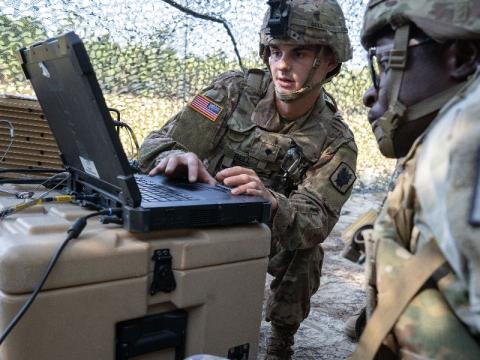
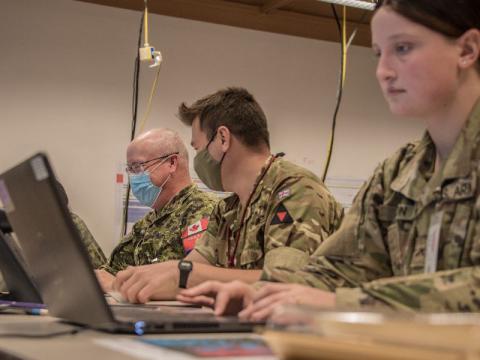
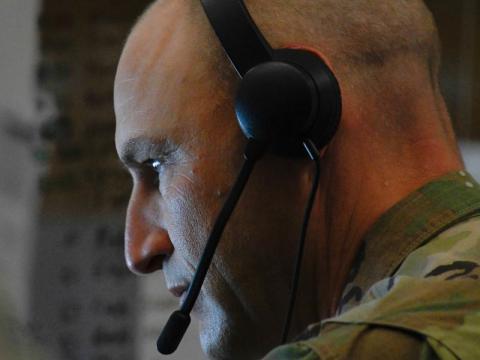
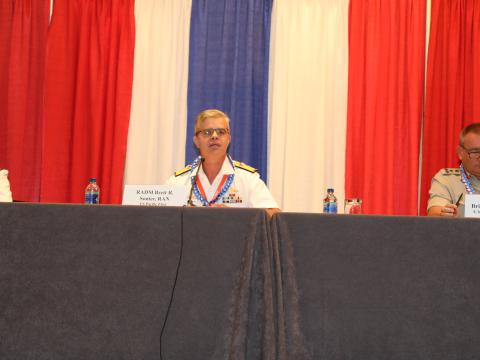

Comments